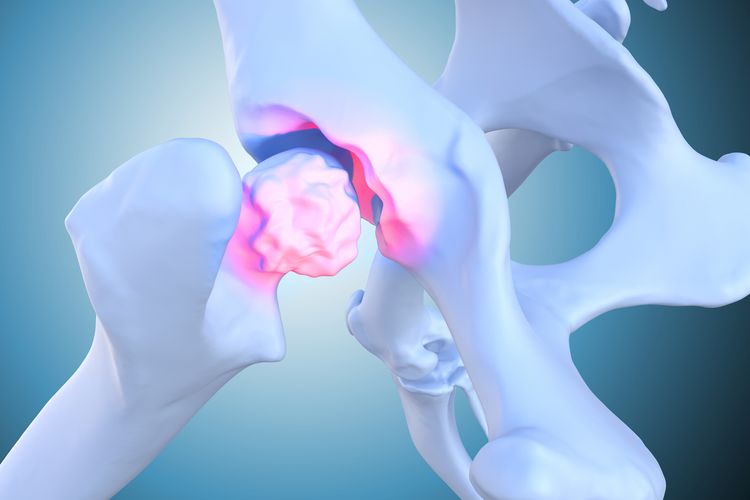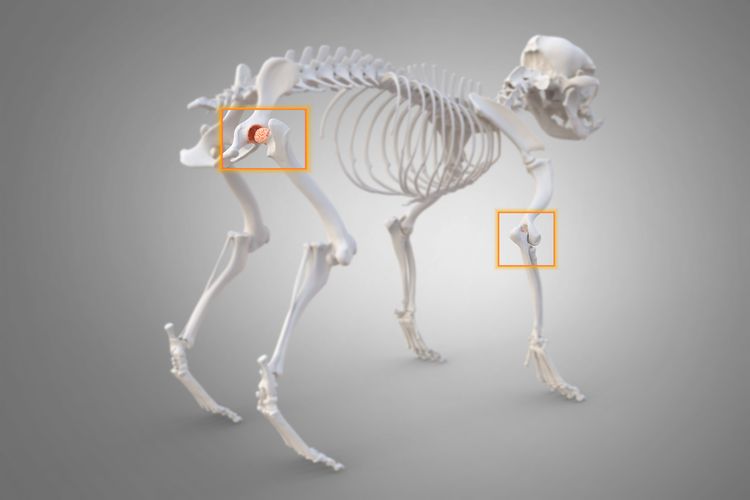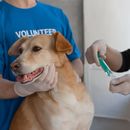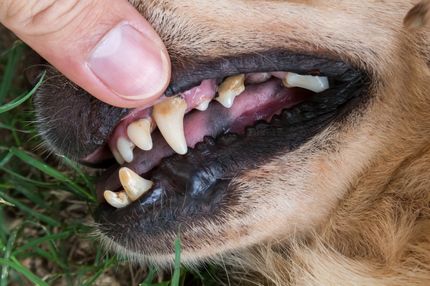Since its approval in Austria at the end of 2020 , Librela has changed the lives of many dogs suffering from pain due to osteoarthritis . But what makes Librela so special and how does it work?
Frequently asked questions at a glance
- How much does Librela cost? Prices can vary, but in general the cost of Librela Zoetis is between 100 and 140 euros for 2 ml. It is advisable to contact your vet for exact price information.
- When should Librela not be used? It should not be used in dogs under 12 months of age, in dogs with known hypersensitivity to the active ingredient or any other ingredient, in animals intended for breeding and in pregnant or lactating animals.
- What are the side effects of using Librela? There are no known serious side effects. However, some dogs may experience side effects such as swelling or fatigue.
- Have there been any reports of deaths following the use of Librela? There have been no reports of deaths associated with the use of Librela. However, a veterinarian should always be consulted if there are any health concerns.
Background: Osteoarthritis in dogs
It is shocking to learn that almost 40% of all dogs worldwide suffer from osteoarthritis, a degenerative disease of the joints, at some point in their lives. While the disease is not fatal for dogs, it causes severe pain and significant movement restrictions. In many cases, even euthanasia has to be performed due to the drastically reduced quality of life.

Ingredients of Librela
Librela contains the active ingredient bedinvetmabum, which is an antibody that, like many other therapeutic proteins, is expressed in Chinese hamster ovary (CHO) cells. The injection solution also contains methioninum.
The specific antibodies aim to inhibit the pain transmission cycle by acting against the nerve growth factor (NGF). This inhibits NGF-mediated signaling pathways, resulting in a reduction in osteoarthritis-related pain.
Application and dosage
Librela is a veterinary medicinal product that must be discussed with your veterinarian in advance . It is usually administered subcutaneously as an injection once a month by the vet. A dosage of 0.5 -1.0 mg/kg body weight is recommended. It is therefore important to monitor the dog's weight.
Mode of action
One of the special properties of Librela is its long-term effect with a half-life of approximately 16 days in dogs with osteoarthritis. After about 2 doses, 28 days apart , the concentration reaches steady state.

Possible side effects of Librela in dogs
The following undesirable side effects have been observed to date:
- local reactions (erythema, alopecia) at the injection site
- Pain reactions immediately after the injection
- Rarely: Polydipsia and/or polyuria(PD/PU)
- Very rare: clinical symptoms of immune-mediated diseases (hemolytic anemia or thrombocytopenia)
- Very rare: Anaphylactoidreactions (e.g. anaphylaxis, itching, facial swelling)
In the latter case, appropriate symptomatic treatment should be administered.
Absence of effect
Repeated use of bedinvetmab can lead to the formation of antibodies against the active substance, which can reduce its efficacy.
If there is no significant improvement in the animal's condition after administration of the second dose of medication, it is recommended that alternative treatment options are considered under the advice of the veterinarian.
Caution in special cases
If a dog has already had significant exercise difficulties, it is advisable to gradually increase its physical activity over several weeks to prevent possible overexertion.
The concomitant use of bedinvetmab and non-steroidal anti-inflammatory drugs ( NSAIDs ) should be undertaken after careful consideration of the pros and cons and only under close supervision by a veterinarian.
Sources and relevant links
CliniPharm/CliniTox
Accessed on 29.03.2024
VetClick
Accessed on 30.03.2024
A. Wright et al (2022). Identification of canine osteoarthritis using an owner-reported questionnaire and treatment monitoring using functional mobility tests. Wiley Online Library.
Accessed on 30.03.2024
Bundesamt für Sicherheit im Gesundheitswesen
Accessed on 30.03.2024
American Animal Hospital Association
Accessed on 30.03.2024




















